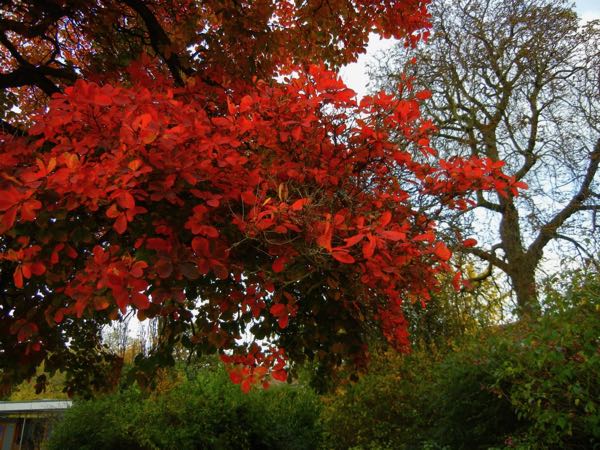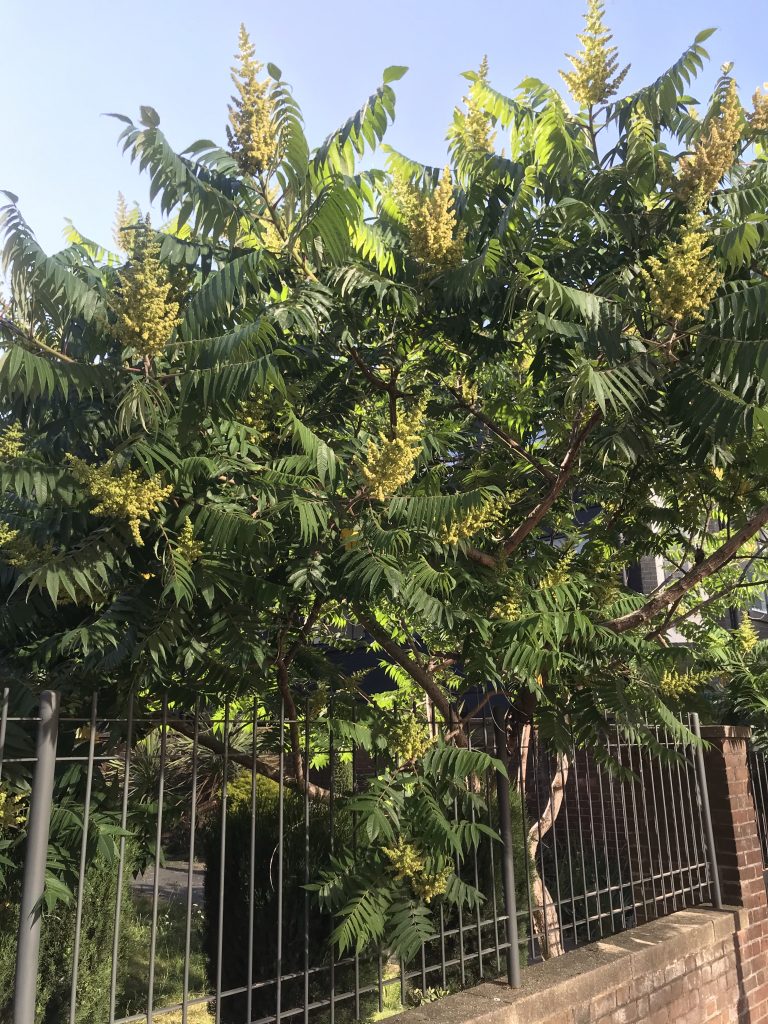The Anacardiaceae family, commonly referred to as the Cashew Family or Sumac (Sumach) Family, encompasses a diverse array of flowering plants, comprising approximately 83 genera and around 860 known species. Fruits borne by members of the Anacardiaceae family are typically drupes, and some species produce urushiol, an irritant. This family includes numerous economically significant genera, such as Cashew (Anacardium), Mango, Chinese Lacquer Tree, Yellow Mombin, Peruvian Pepper, Poison Ivy, Poison Oak, Sumac, Smoke Tree, Marula, and Cuachalalate.
With their wide distribution, the Anacardiaceae family exhibits remarkable diversity and can be found in tropical and subtropical regions across the globe. The largest concentration of species is found in the Americas, with approximately 400 species. Other significant centers of diversity include Africa, Asia, and Australia.
Plants belonging to the Anacardiaceae family encompass a range of growth forms, including trees, shrubs, and vines. Among the largest genera are Anacardium (cashew), Mangifera (mango), and Spondias (hog plum). The leaves are typically simple, pinnate, or trifoliate, and they are commonly arranged alternately along the stem. Flowers produced by these plants are small and inconspicuous, often displaying shades of green or yellow. The fruit takes the form of a drupe, characterized by a fleshy outer layer surrounding a hard stone that contains the seed.
Several members of the Anacardiaceae family are cultivated for ornamental purposes. For instance, the Indian Coral Tree (Pometia pinnata) is a popular choice in tropical and subtropical regions, boasting vibrant red flowers and thriving in full sun or partial shade.
Furthermore, certain members of the Anacardiaceae family hold medicinal significance. The cashew tree (Anacardium occidentale), for example, has been employed in traditional medicine to address various ailments, including diarrhea, dysentery, and constipation.
Overall, the Anacardiaceae family stands as a captivating and diverse group of plants, serving various purposes across ornamental, medicinal, and economic domains. Found in tropical and subtropical regions worldwide, these plants continue to captivate our interest and play significant roles in our lives. Some of the most commonly recognized plants within the Anacardiaceae family include cashew (Anacardium occidentale), mango (Mangifera indica), Chinese lacquer tree (Toxicodendron vernicifluum), yellow mombin (Spondias mombin), Peruvian pepper (Schinus molle), poison ivy (Toxicodendron radicans), poison oak (Toxicodendron diversilobum), sumac (Rhus spp.), smoke tree (Rhus glabra), marula (Sclerocarya birrea), and cuachalalate (Amburana cearensis).
These plants find application in various spheres:
- Ornamental: Many Anacardiaceae plants are cultivated for their appealing flowers, fruits, or foliage, adding aesthetic value to gardens and landscapes.
- Medicinal: Some Anacardiaceae species have been utilized in traditional medicine for their potential healing properties, contributing to the treatment of various ailments.
- Economic: Several plants within the Anacardiaceae family serve as economically important crops, with cashews, mangoes, and sumac being notable examples.
The Anacardiaceae family truly encompasses a captivating assortment of plants, exemplifying the wonders of the natural world and the manifold ways in which they enhance our lives.
The Anacardiaceae family genera include:
Anacardium
Astronium
Buchanania
Campnosperma
Carapa
Casimiroa
Dobinea
Erythrochiton
Haplorhus
Holigarna
Lithraea
Loxopterygium
Metopium
Mosquitoxylum
Myracrodruon
Nothopegia
Operculicarya
Ozoroa
Pistacia
Pleiogynium
Protorhus
Schinus
Semecarpus
Spondias
Swintonia
Toxicodendron
Trichoscypha
Xylopia
Zapoteca
The family Anacardiaceae is a large and diverse group of plants, with members found in tropical and subtropical regions around the world. The genera in the family Anacardiaceae are characterized by their simple, pinnate, or trifoliate leaves, their small and inconspicuous flowers, and their fleshy fruits. Some members of the family Anacardiaceae are economically important, including cashews, mangoes, and sumac.


